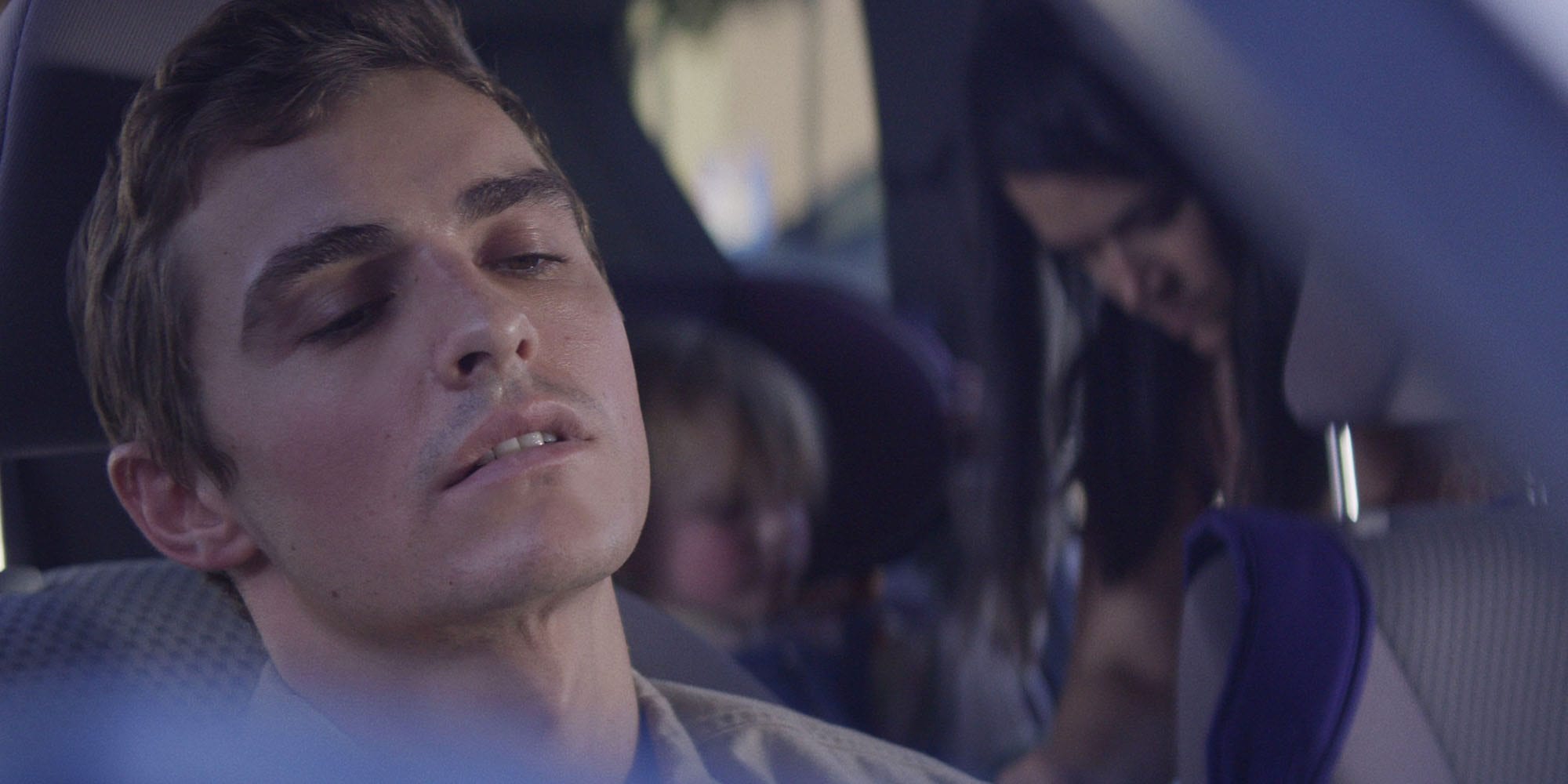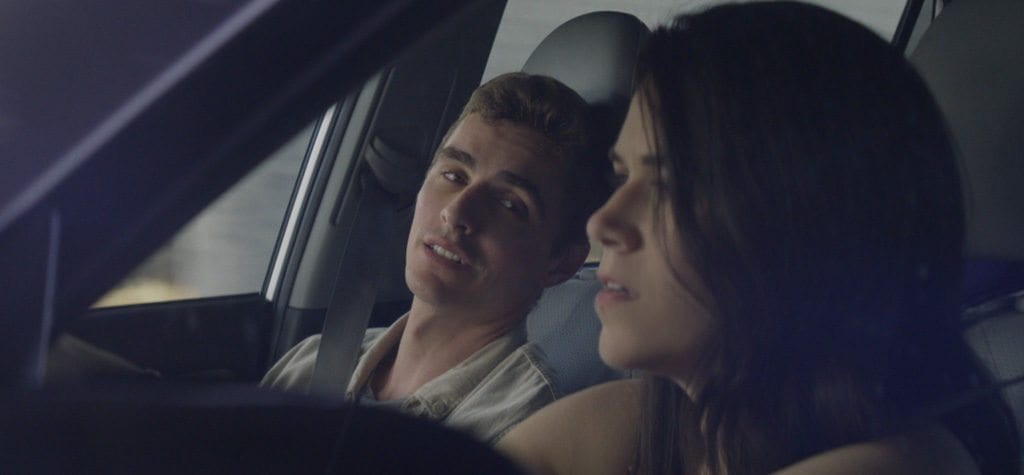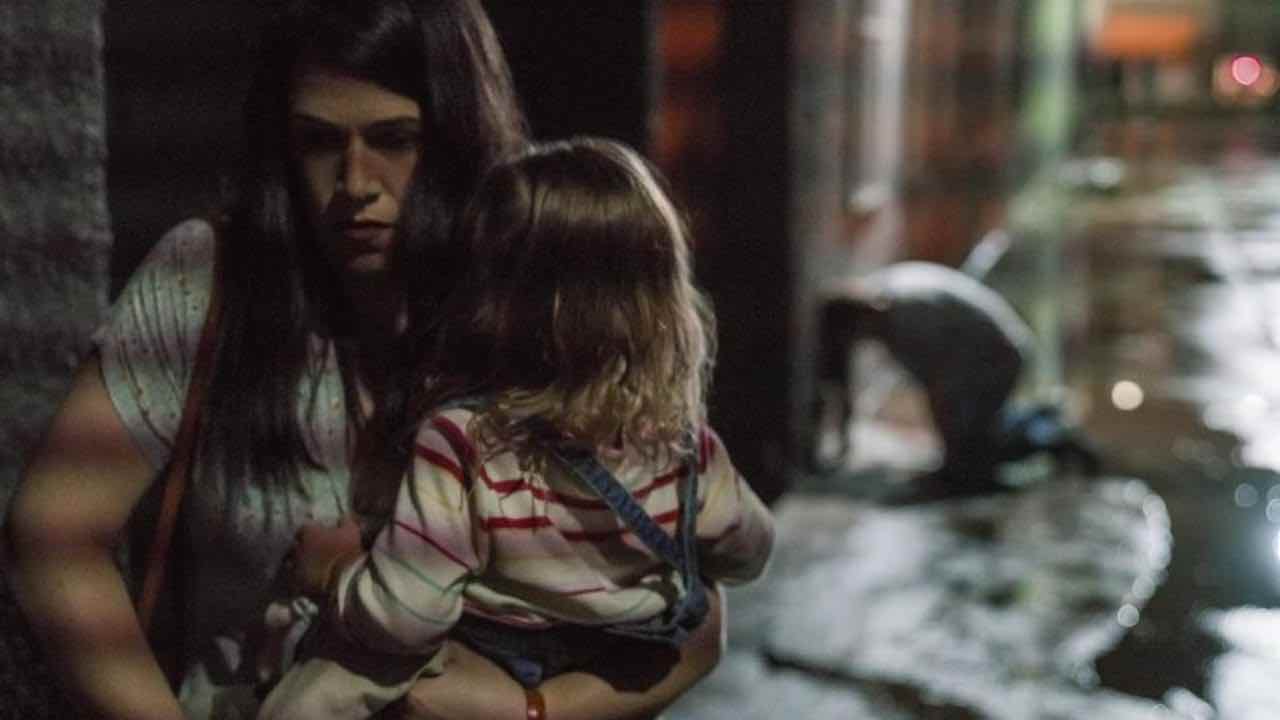
What this dark Netflix movie: ‘6 Balloons’ gets right about enabling an addict
Based on the personal story of producer Samantha Housman, 6 Balloons is an unflinching look at addiction from a fresh perspective.
Centered around Katie (Abbi Jacobson), a young woman navigating the harrowing relapse of her heroin-addicted brother Seth (Dave Franco), the Netflix Originals movie explores the toxicity of a codependent relationship and the destructive cycle of enabling behavior that binds the siblings in the most dysfunctional way possible.
In the past few decades there have been countless independent movies exploring the dimensions of drug dependency and recovery from the perspective of the addict. However, there are few that have so intimately explored the impossible depths of addiction from the perspective of an enabler as 6 Balloons does.

]Speaking to Deadline, director Marja-Lewis Ryan (The Four-Faced Liar) suggested this new take on an addiction narrative was crucial in exploring current social issues. “I think that her story unfortunately isn’t as uncommon as I want it to be.
After a couple of years with the boom of the opioid crisis, I was like, ‘Wow, this story needs to be told.’ . . . I just really started to think about, if the crisis is that big, there must be so many enablers. There must be so many people affected by it, not just the addict himself.”
Cutting between scenes of progressively heightened drama and moments of quiet introspection in which Katie stares dejectedly at herself in the mirror, the story and underlying themes of 6 Balloons are guided by the voiceover of a self-help tutorial.

Split into chapters that spotlight Katie’s often unspoken dilemmas and her desire to escape them, the omnipotent self-help commentary suggests the character has moored herself so deeply into her brother’s addiction, she may never leave.
Ostensibly a road trip movie (with an incredibly heartbreaking edge), it’s telling that the voice of the self-help narrator is chillingly similar to that of Katie’s car GPS system. As she realizes the perpetuating damage of her role as an enabler, she discovers there are two routes she can take: help her brother however she can and at whatever cost or make the difficult decision to breakaway from him. Either way, both options aren’t easy.
Considering the role of the enabler from various angles, 6 Balloons offers a comprehensive insight into a complicated issue. Film Daily spoke with various medical professionals who specialize in addiction and helping the families of addicts to find out what the movie gets right about enabling behavior.
Warning: Spoilers ahead!

Chapter 1: Love gone too far
At the core of Katie & Seth’s sibling relationship is an obvious amount of love between the two. Both find ways to rationalize their respective behavior and lash out when they can’t get their way, but beneath it all is a palpable fear of losing each other.
For Katie, she wants to help her brother however she can and at whatever cost, even if that means driving to San Pedro, scoring heroin for him, and buying the needles he requires to use it. According to the Clinical Director of Indiana’s Clarity Clinic Anne-Marie Sands, in her bid to show she cares for her brother, Katie is unwittingly stuck in a similarly destructive cycle of behavior.
“Enablers fear the loss of an individual in their life. Therefore they provide unconditional love in dysfunctional manners such as money, access to their addiction, quick forgiveness, or making excuses. Enablers need to understand that their unwillingness to change their behavior mirrors the user’s unwillingness to change their addictive habits. It also sends a symbolic message that you are okay with them harming themselves or others.”

It’s what Monte Drenner – an Orlando-based counselor and addiction professional – called “love gone too far”. Drenner went on to explain how enabling an addict can result in a self-perpetuating cycle of wanting to be needed, rescuing the addict, and feeling resentful (as Katie does about Seth) when they don’t show gratitude for it.
The cycle is only broken when either the addict or the enabler hit a bottom and decide to change and get the help they need to break the cycle. The new way of life for the addict is recovery and learning how to live life without the assistance of drugs or alcohol. The new way of life for the friend or family member is gaining an understanding of the difference between enabling (doing for someone what they could do themselves) and helping (assisting someone to learn the skills to do for themselves).

Chapter 2: Craving control but losing it
One of the most striking parts of the movie is how Katie so stridently crosses her own set of boundaries to care for Seth. For instance, early on in 6 Balloons we’re made privy to the idea Katie is a woman who relishes being in control, from the meticulous levels of organization she’s put into throwing her boyfriend a surprise birthday party to her insistence she won’t re-roll the pigs in blankets her friend has made (but most definitely will).
According to LCSW of the Ambrosia Treatment Center Dr. Sal Raichbach PsyD, the gratification Katie experiences in being a dominant caring individual could be a factor in her need to help her brother. It can also be a factor in Seth’s desire to manipulate her.
“Codependent loved ones usually start enabling because they feel like they are genuinely helping their family member. They get validation from fulfilling that ‘caretaker’ role and they feel needed. However, since their help doesn’t solve the problems that come with addiction, the substance-dependent individual will continue to use and manipulate their help to live comfortably in active addiction.”

New York-based LCSW Sheri Heller added that such characteristics can play a part in influencing the relational dynamics between the addict and the enabler. “Enablers are driven by a range of motives and core issues that run the gamut from well-intentioned (albeit misguided) support of the addict in their life, to perfidious motives grounded in ensuring control and domination over the addict.”
Later on in the movie, after Katie gains access to the bathroom of an all-night pharmacy so Seth can shoot up, we see her lose those levels of control while accidentally cracking a window pane when throwing the bathroom key at the property.

Contrary to all behavior we see from Katie prior to this moment, she seems genuinely excited by the trouble she’s caused. As she drives away laughing with Seth and his six-year-old daughter, it becomes clear she’s no longer in opposition to her brother; in this moment she’s in cahoots with him.
According to Heller, this behavior could be influenced by Katie’s need to “normalize the addiction” in a bid to “take care” of the addict by ensuring their life seems intact. This may take the form of joining the addict’s distorted reality by facilitating criminal and amoral behavior.”

Chapter 3: Acknowledging the rot and fixing it
By the end of the movie, Katie is forced to examine her behavior in front of the rest of her family and friends at her boyfriend’s surprise party. Before she makes admissions for what happened that evening, we hear the final chapter of the self-help tutorial proffer, “Admit that you saw the rot and never fixed it.”
She’s forced to face herself and come to terms with her accountability for some of the events of the past evening. However, before she faces her brother, she has to face her parents and her boyfriend who offer her unflinching support in severing her care for Seth.

Addiction specialist and founder of California’s Evo Health and Wellness Koorosh Rassekh suggested this level of support and personal growth is necessary in helping the enabler acknowledge and change their habits.
In a moment of crisis, a caregiver might think it’s appropriate to put their wellbeing on the back burner. However, a caregiver’s ability to take care of themselves will determine how effective they are. They will also likely find that they need to do some introspective work. They might have to think about how their own actions are contributing to the problem. It’s important to create a network of support from people who can understand the fears and complexity of supporting someone who is going through a tough time.

Chapter 4: Taking a new route
The finale sees Katie having what Rassekh called a “courageous conversation” with Seth in which she sympathetically tells him what she needs, stepping out of their bond and away from his addiction.
“It feels like a risk to have difficult conversations, but these are what will make a difference,” he explained, “In approaching a loved one, it’s important for caregivers to be honest and compassionate. They should focus their feedback on how their loved one’s actions affects them.”

Like the balloons Katie and her mom struggle to fit inside her car at the start of the movie, 6 Balloons shows there are some things in life we simply don’t have space for, no matter how much we try to accommodate them. For individuals enabling an addict’s behavior, the volatility of another person’s actions can be a heavy burden to bear.
However, as 6 Balloons accentuates, enabling behavior can be a rough road but there are always new routes available. It might just take a nudge in the right direction to get back on track.








ella
/
The majority of these addiction professionals you cite don’t practice based on evidence but on morality and intuition which may well be why rehab success rates are so low. There are ways to engage with a person (a person! not “an addict”) who uses drugs while maintaining boundaries and without pathologizing support as enabling behaviours. Check out Dennings or Tatarsky.
April 10, 2018Amy Roberts / Author
/
Oh I know, it’s such a shame Dennings and Tatarsky were busy! I’m sure these addiction professionals would have plenty to say about your opinion of them but thanks for your insight anyways, doc.
April 13, 2018